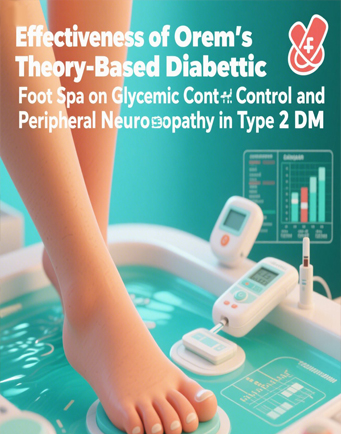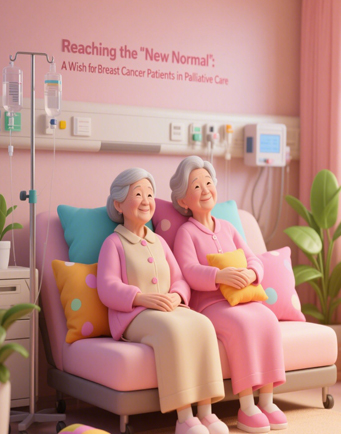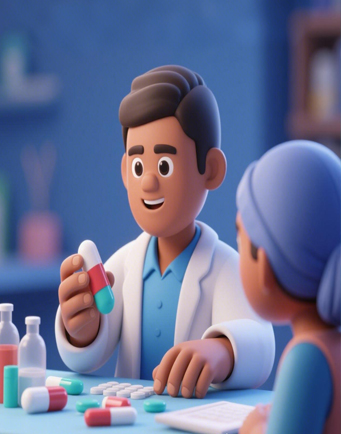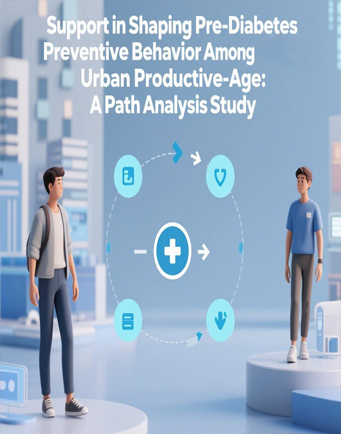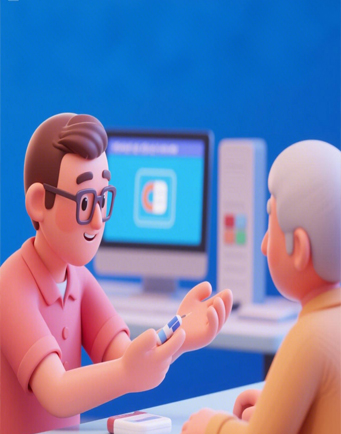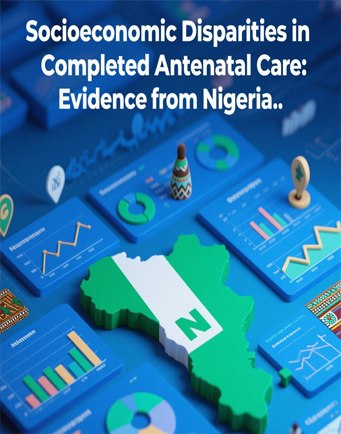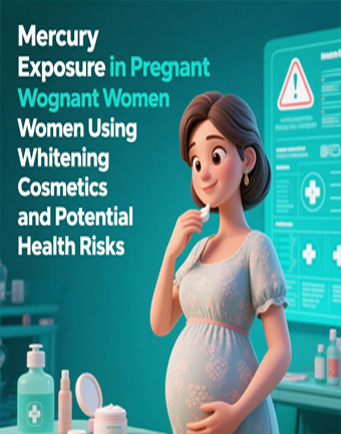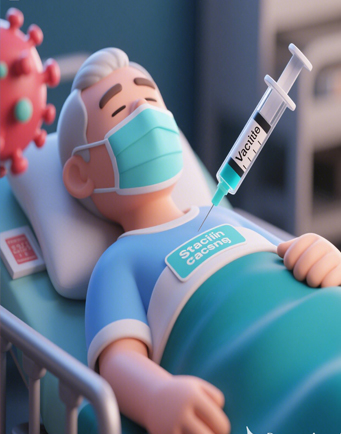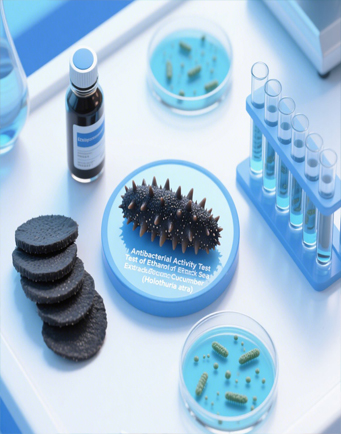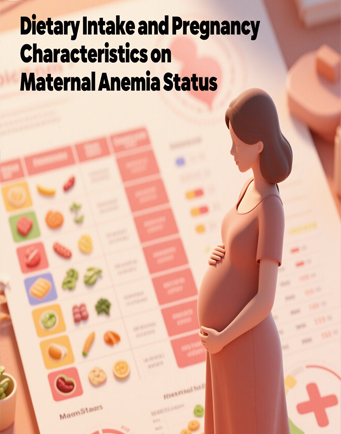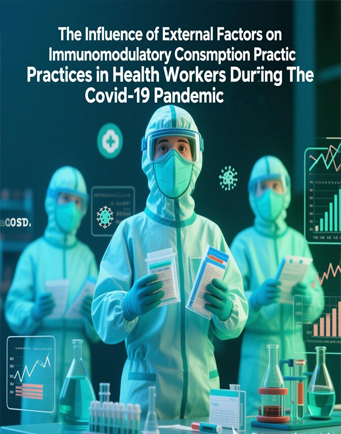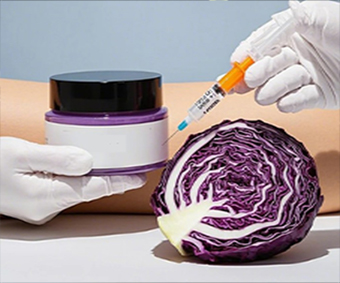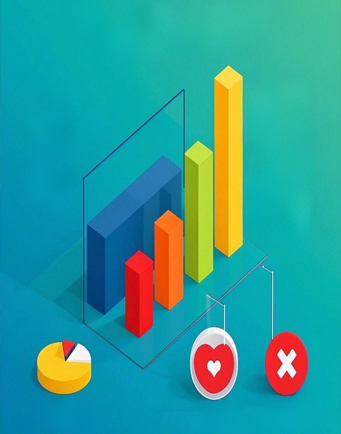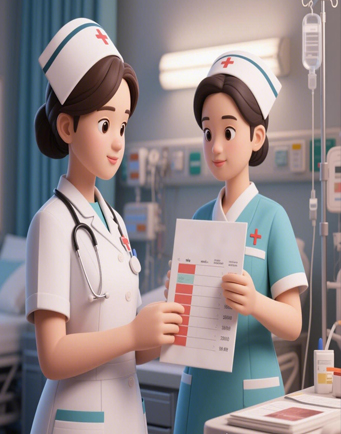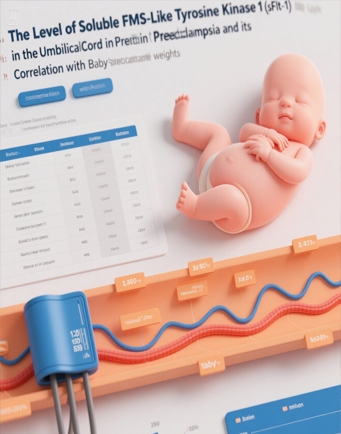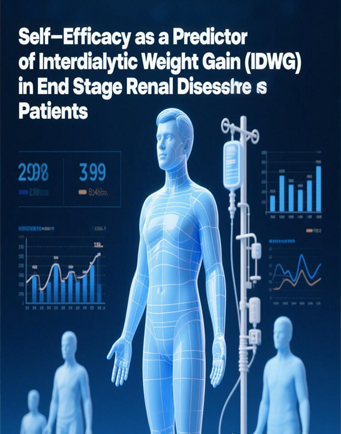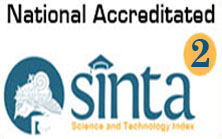Analysis of Consistency The REEDA Scale in Healing Second-Degree Perineal Lacerations
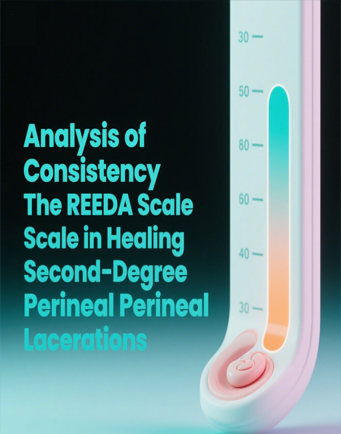
Downloads
Many studies of perineal wounds use the redness, edema, ecchymosis, discharge, and approximation (REEDA) scale as a healing assessment tool. Still, this tool has not become part of the standard of care in postpartum women with perineal lacerations due to the lack of evidence of its validity. This study aimed to analyze the consistency of the REEDA scale in healing perineal wounds of postpartum women. The method uses an observational study using the interrater reliability test for the REEDA tool on perineal wound healing in postpartum women with second-degree perineal lacerations, 11 women were recruited using consecutive sampling. Lacerations were observed by researchers, and midwives were trained on days 1, 3, and 7 postpartum. Cohen's kappa coefficient test was used to test the consistency of the REEDA scale. The results shows that the fair and excellent agreement on the redness item with kappa (0.57-1.00), agreement on the edema item showed good and excellent results (0.61-0.84), fair and good agreement on the ecchymosis item (0.51- 0.73), good and excellent agreement on discharge items (0.79 -1.00). On the approximation item (0.62–1.00), agreement improved to excellent at the final assessment. In the third evaluation, the scoring of all items showed good or excellent agreement between the raters. The conclusion is the overall assessment shows that the application of the REEDA scale is reliable because it shows consistency; namely, there are no more values with low agreement on the seventh day of the postpartum period.
Åhlund, S. (2019). Pelvic Floor Complications After Vaginal Birth Short- And Long-Term Consequenses For Primiparous Women in Sweden. Dissertations. Stockholm: Karolinska Institutet. Retrieved from: https://www.proquest.com/openview/048ed71fa7ddcdc40a249bb977cbad4d/1?cbl=18750&diss=y&pq-origsite=gscholar
Alvarenga, M. B., Francisco, A. A., de Oliveira, S. M., da Silva, F. M., Shimoda, G. T., & Damiani, L. P. (2015). Episiotomy healing assessment: Redness, Oedema, Ecchymosis, Discharge, Approximation (REEDA) scale reliability. Rev Lat Am Enfermagem, 23(1), 162-168. https://doi.org/10.1590/0104-1169.3633.2538
Astri, H., Fratidhina, Y., Mulyati, S., & Tulandy, S. M. (2023). Salira Accelerates Perineal Wound Healing in Postpartum Mothers. International Journal of Membrane Science and Technology, 10(2), 2882-2889. https://doi.org/10.15379/ijmst.v10i2.2980
Boyle, M. (2006). Wound Healing in Midwifery. London: Radcliffe Publishing Ltd.
Bujang, M. A., & Baharum, N. (2017). Guidelines of the minimum sample size requirements for Cohen’s Kappa. Epidemiology Biostatistics and Public Health, 14, e12267-12261. https://doi.org/10.2427/12267
Cheshfar, F., Bani, S., Mirghafourvand, M., Hasanpour, S., & Javadzadeh, Y. (2023). The Effects of Ginger (Zingiber officinale) Extract Ointment on Pain and Episiotomy Wound Healing in Nulliparous Women: A Randomized Clinical Trial. Journal of Caring Sciences, 12(3), 181-187. https://doi.org/10.34172/jcs.2023.31842
Chhabra, S., Chhabra, N., Kaur, A., & Gupta, N. (2017). Wound Healing Concepts in Clinical Practice of OMFS. Journal of maxillofacial and oral surgery, 16(4), 403-423. https://doi.org/10.1007/s12663-016-0880-z
Davidson, N. (1974). REEDA: evaluating postpartum healing. J Nurse Midwifery, 19(2), 6-8. https://doi.org/10.1111/j.1542-2011.1974.tb00384.x
East, C. E., Lau, R., & Biro, M. A. (2015). Midwives' and doctors' perceptions of their preparation for and practice in managing the perineum in the second stage of labour: a cross-sectional survey. Midwifery, 31(1), 122-131. https://doi.org/10.1016/j.midw.2014.07.002
Faal Siahkal, S., Abedi, P., Iravani, M., Esfandiarinezhad, P., Dastoorpoor, M., Bakhtiari, S., ... & Mohaghegh, Z. (2023). Continuous non-locking vs. interrupted suturing techniques for the repair of episiotomy or second-degree perineal tears: A single-blind randomized controlled trial. Frontiers in Surgery, 10, 1114477. https://doi.org/10.3389/fsurg.2023.1114477
Faraji, A., Aghdaki, M., Hessami, K., Hosseinkhani, A., Roozmeh, S., Asadi, N., . . . Foroughinia, L. (2021). Episiotomy wound healing by Commiphora myrrha (Nees) Engl. and Boswellia carteri Birdw. in primiparous women: A randomized controlled trial. J Ethnopharmacol, 264, 113396. https://doi.org/10.1016/j.jep.2020.113396
Frohlich, J., & Kettle, C. (2015). Perineal care. BMJ clinical evidence, 2015, 1401. Retrieved from https://www.ncbi.nlm.nih.gov/pubmed/25752310
Hill, P. D. (1990). Psychometric properties of the REEDA. J Nurse Midwifery, 35(3), 162-165. https://doi.org/10.1016/0091-2182(90)90166-3
Ivezaj, V., Kalarchian, M. A., King, W. C., Devlin, M. J., Mitchell, J. E., & Crosby, R. D. (2022). Interrater reliability and internal consistency of the eating disorder examination in the longitudinal assessment of bariatric surgery study. Surg Obes Relat Dis, 18(8), 1015-1022. https://doi.org/10.1016/j.soard.2022.04.015
Jones, K., Webb, S., Manresa, M., Hodgetts-Morton, V., & Morris, R. K. (2019). The incidence of wound infection and dehiscence following childbirth-related perineal trauma: A systematic review of the evidence. European Journal of Obstetrics & Gynecology and Reproductive Biology, 240, 1-8. https://doi.org/10.1016/j.ejogrb.2019.05.038
Lallemant, M., D'Antona, A., Vidal, C., Bourtembourg, A., Toubin, C., Chehab, M., . . . Mottet, N. (2023). Conservative management versus systematic suture of isolated vaginal or first-degree perineal tears after delivery: A preliminary randomized efficacy trial. Birth, 50(3), 513-524. https://doi.org/10.1111/birt.12671
Limbachiya, N., & Parmar, N. (2022). Evaluate the Effectiveness of Perineal Care on Episiotomy Pain and Wound Healing among Postpartum Women. Journal of Pharmaceutical Negative Results, 13(6), 509-518. https://doi.org/10.47750/pnr.2022.13.S06.070
Pebolo, P. F., Judith, A., & Dan, K. K. (2020). Episiotomy related morbidities measured using redness, edema, ecchymosis, discharge and apposition scale and numerical pain scale among primiparous women in Mulago National Referral Hospital, Kampala, Uganda. Pan Afr Med J, 36, 347. https://doi.org/10.11604/pamj.2020.36.347.25049
RCOG. (2015). The management of third and fourth degree perineal tears. RCOG Green top Guidelines No 29: Royal College of Obstetricians and Gynaecologists.
Rosen, R. D., & Manna, B. (2022). Wound Dehiscence. Treasure Island (FL): StatPearls Publishing
Saghafi, F., Ramezani, V., Jafari-Nedooshan, J., Zarekamali, J., Kargar, S., Tabatabaei, S. M., & Sahebnasagh, A. (2023). Efficacy of topical atorvastatin‐loaded emulgel and nano‐emulgel 1% on post‐laparotomy pain and wound healing: A randomized double‐blind placebo‐controlled clinical trial. International Wound Journal, 20, 4006 - 4014. https://doi.org/10.1111/iwj.14289
Swenson, C. W., Low, L. K., Kowalk, K. M., & Fenner, D. E. (2019). Randomized Trial of 3 Techniques of Perineal Skin Closure During Second-Degree Perineal Laceration Repair. J Midwifery Womens Health, 64(5), 567-577. https://doi.org/10.1111/jmwh.13020
Toomari, E., Hajian, S., Mojab, F., Omidkhah, T., & Nasiri, M. (2021). Evaluation the effect of Silybum marianum ointment on episiotomy wound healing and pain intensity in primiparous women: a randomized triple blind clinical trial. BMC complementary medicine and therapies, 21(1), 253-253. https://doi.org/10.1186/s12906-021-03413-z
Torkashvand, S., Jafarzadeh-Kenarsari, F., Donyaei-Mobarrez, Y., & Gholami Chaboki, B. (2021). Effectiveness of Olea Herbal Ointment on Episiotomy Wound Healing Among Primiparous Women: A Randomized Clinical Trial. Jundishapur Journal of Natural Pharmaceutical Products, 16(3), e104570. http://dx.doi.org/10.5812/jjnpp.104570
Townsend, C. M. (2021). Sabiston Textbook of Surgery E-Book: The Biological Basis of Modern Surgical Practice (21 ed.): Elsevier Health Sciences.
Wang, W., Lin, N., Oberhaus, J. D., & Avidan, M. S. (2020). Assessing method agreement for paired repeated binary measurements administered by multiple raters. Stat Med, 39(3), 279-293. https://doi.org/10.1002/sim.8398
Webb, S., Sherburn, M., & Ismail, K. M. K. (2014). Managing perineal trauma after childbirth. British Medical Journal, 349, g6829. https://doi.org/10.1136/bmj.g6829
Wilkinson, H. N., & Hardman, M. J. (2020). Wound healing: cellular mechanisms and pathological outcomes. Open Biology, 10(9), 200223. https://doi.org/10.1098/rsob.200223
Yuniarti, Y. (2018). Efektivitas Salep Jintan Hitam (Nigella Sativa) Pada Proses Penyembuhan Luka Perineum Rupture Ibu Nifas. Jurnal Kesehatan Manarang, 4(2), 64-68. https://doi.org/10.33490/jkm.v4i2.76
Yuniarti, Y., Asi, C., Aprilia, D., & Veronika, S. (2021). Determinan terhadap Penyembuhan Luka Perineum pada Ibu Nifas di Praktik Mandiri Bidan Kota Palangkaraya. Jurnal Surya Medika, 7(1), 94-98. https://doi.org/10.33084/jsm.v7i1.2633
Zabaglo, M., & Sharman, T. (2022). Postoperative Wound Infection. Treasure Island (FL): StatPearls Publishing
Zibanejad, S., Miraj, S., & Kopaei, M. R. (2020). Healing effect of Quercus persica and Lawsonia inermis ointment on episiotomy wounds in primiparous women. J Res Med Sci, 25, 11. https://doi.org/10.4103/jrms.JRMS_251_18
Copyright (c) 2025 JURNAL INFO KESEHATAN

This work is licensed under a Creative Commons Attribution-NonCommercial-ShareAlike 4.0 International License.
Copyright notice
Ownership of copyright
The copyright in this website and the material on this website (including without limitation the text, computer code, artwork, photographs, images, music, audio material, video material and audio-visual material on this website) is owned by JURNAL INFO KESEHATAN and its licensors.
Copyright license
JURNAL INFO KESEHATAN grants to you a worldwide non-exclusive royalty-free revocable license to:
- view this website and the material on this website on a computer or mobile device via a web browser;
- copy and store this website and the material on this website in your web browser cache memory; and
- print pages from this website for your use.
- All articles published by JURNAL INFO KESEHATAN are licensed under the Creative Commons Attribution 4.0 International License. This permits anyone to copy, redistribute, remix, transmit and adapt the work provided the original work and source is appropriately cited.
JURNAL INFO KESEHATAN does not grant you any other rights in relation to this website or the material on this website. In other words, all other rights are reserved.
For the avoidance of doubt, you must not adapt, edit, change, transform, publish, republish, distribute, redistribute, broadcast, rebroadcast or show or play in public this website or the material on this website (in any form or media) without appropriately and conspicuously citing the original work and source or JURNAL INFO KESEHATAN prior written permission.
Permissions
You may request permission to use the copyright materials on this website by writing to jurnalinfokesehatan@gmail.com.
Enforcement of copyright
JURNAL INFO KESEHATAN takes the protection of its copyright very seriously.
If JURNAL INFO KESEHATAN discovers that you have used its copyright materials in contravention of the license above, JURNAL INFO KESEHATAN may bring legal proceedings against you seeking monetary damages and an injunction to stop you using those materials. You could also be ordered to pay legal costs.
If you become aware of any use of JURNAL INFO KESEHATAN copyright materials that contravenes or may contravene the license above, please report this by email to jurnalinfokesehatan@gmail.com
Infringing material
If you become aware of any material on the website that you believe infringes your or any other person's copyright, please report this by email to jurnalinfokesehatan@gmail.com.


